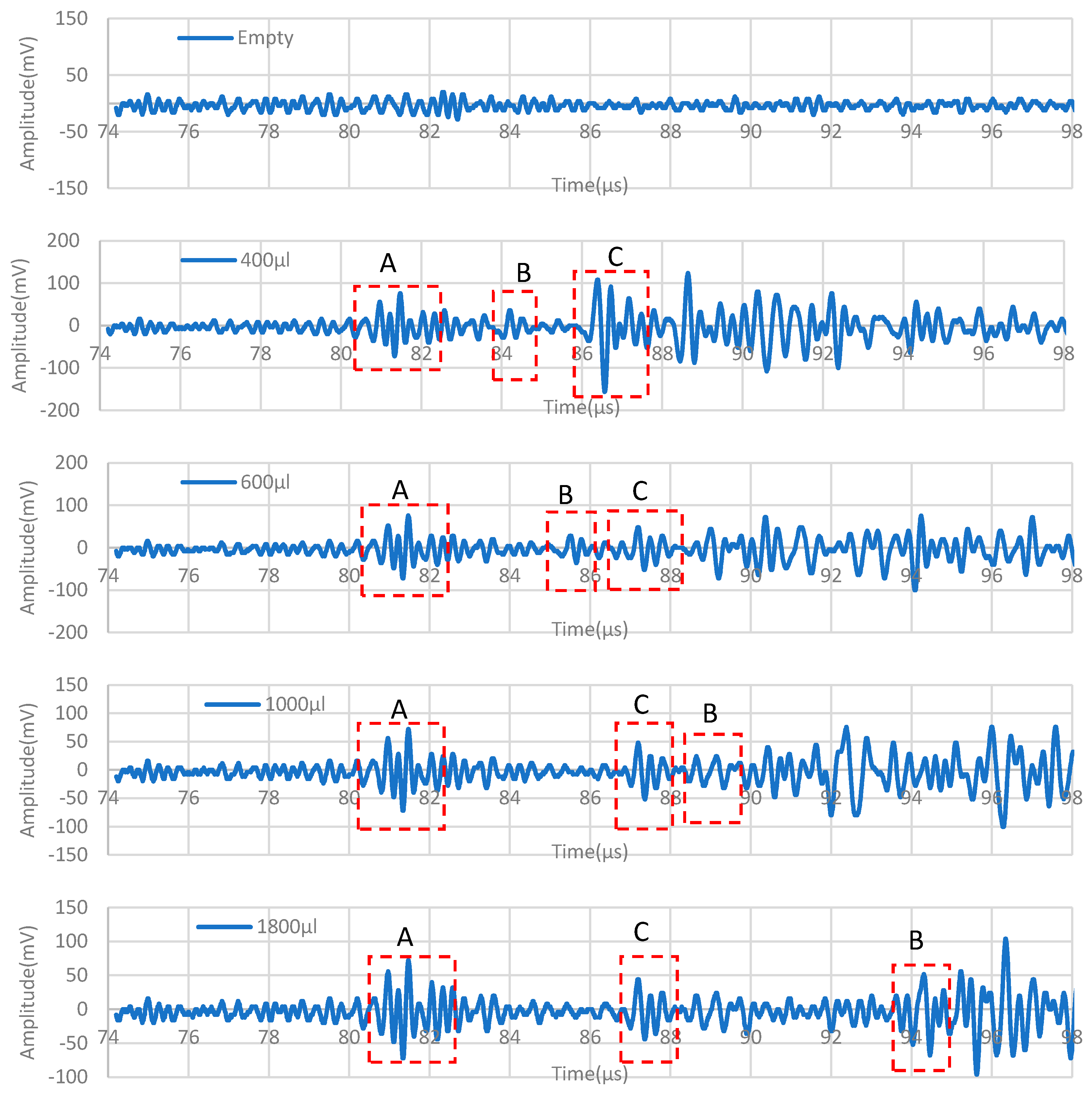

There are the following wave fronts: flat, cylindrical and spherical. 2.2 Weld seam sounding slanted piezoelectric transducerĭesign and analysis of sounding scheme lets you to determine the location and orientation of the detected defects, the control zone, etc. 2.2 shows diagram of sounding of a weld seam with angle beam transducer.Ĭontrol of the weld is carried out in two positions of transducer:ġ – Control the top of the seam with reflected from the bottom surface beam Ģ – Control of the bottom of the seam with straight beam.įig. The concepts of the front and beam is widely used for building objects testing schemes.įig. This is one of the basic mechanisms of reducing the amplitude of the wave associated with the divergence of rays. Since the front area increases, and, thus the amount of energy remains constant, therefore, the amplitude decreases. 2.1 shows that the area of the front surface 2 is greater than 1. In the process of wave propagation rays diverge, the front area 11 increases. Beam waves – a straight line, along which the wave propagates, the wave front is the surface of all the points, which vary in same phase. To describe the acoustic wave field the following concepts are applied: the front and the beam (Figure 2.1.). In ultrasonic testing, in most practical problems the law of the rectilinear propagation of sound waves is used.

In general, for any given material the following ratio is true : 1.11 – Diagram of the propagation of surface waves The speed (C) of such waves the lowest, in steels roughly the works the relation:įig. Fluctuations medium particles of the wave combine the longitudinal and transverse vibrations, the particles move along locked elliptical trajectories. Surface waves (Rayleigh waves) – are the acoustic waves that propagate along the boundary between two media, in layer with a typical thickness of 1.5 to 2 wavelength (1,5-2) ∙ λ. The rate of shear waves (Ct) in one material is always less than (Cl) the velocity of longitudinal waves, to become the following relation:įig. In liquids and gases not covered by transverse waves. This type of waves can propagate only in solids. Under the influence of waves the material undergoes shear deformation. Transverse waves – are acoustic waves, in which the particles of the medium vibrate perpendicular to the direction of wave propagation. 1.9 – Diagram of propagation of longitudinal waves The waves can propagate in all bodies except the vacuum and have the highest rate of propagation in steels Cl = 5950 m / s.įig. Under the influence of the wave material undergoes compression and tensile deformation. Longitudinal waves – are acoustic waves, in which the particles of the medium oscillate along the direction of the wave propagation. Each of these waves types differ from each other by direction of the fluctuations in the wave, and propagation speed.

Several types of waves can be distributed In an infinite medium: longitudinal, transverse and surface.


 0 kommentar(er)
0 kommentar(er)
